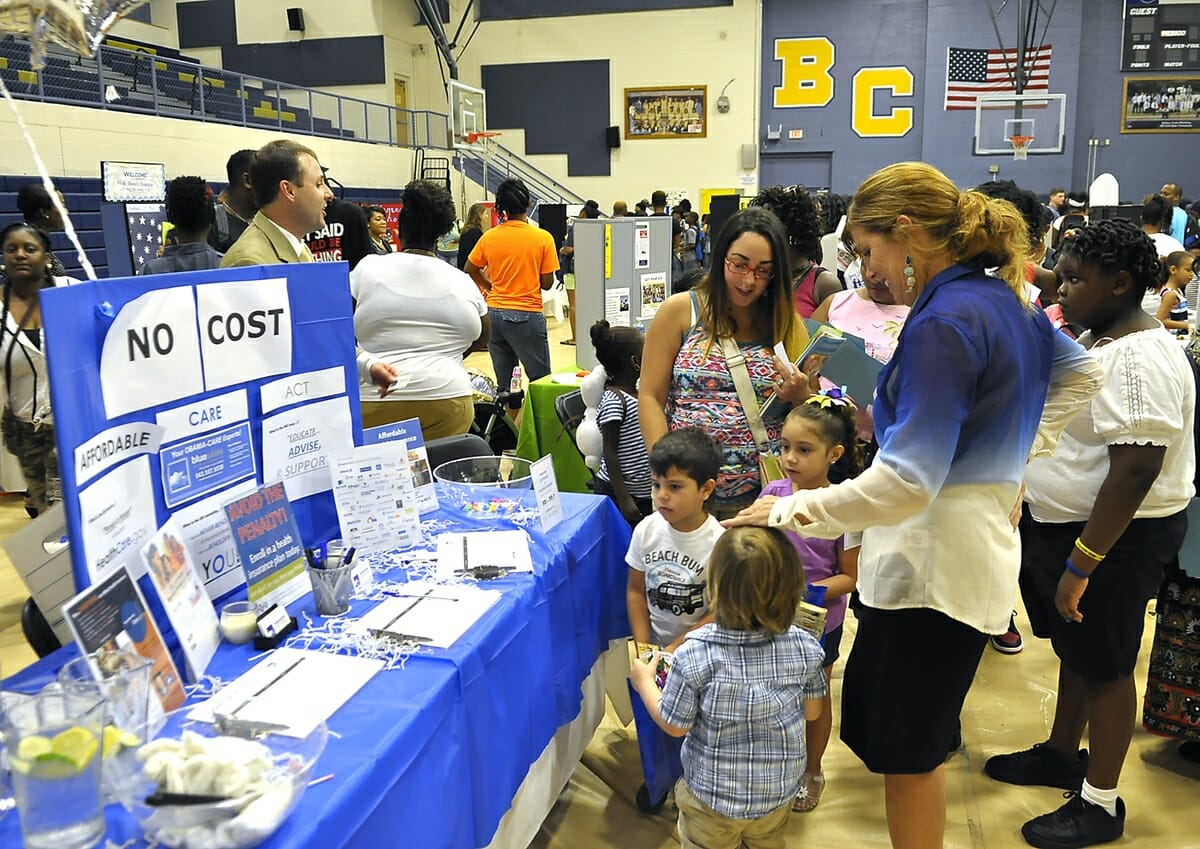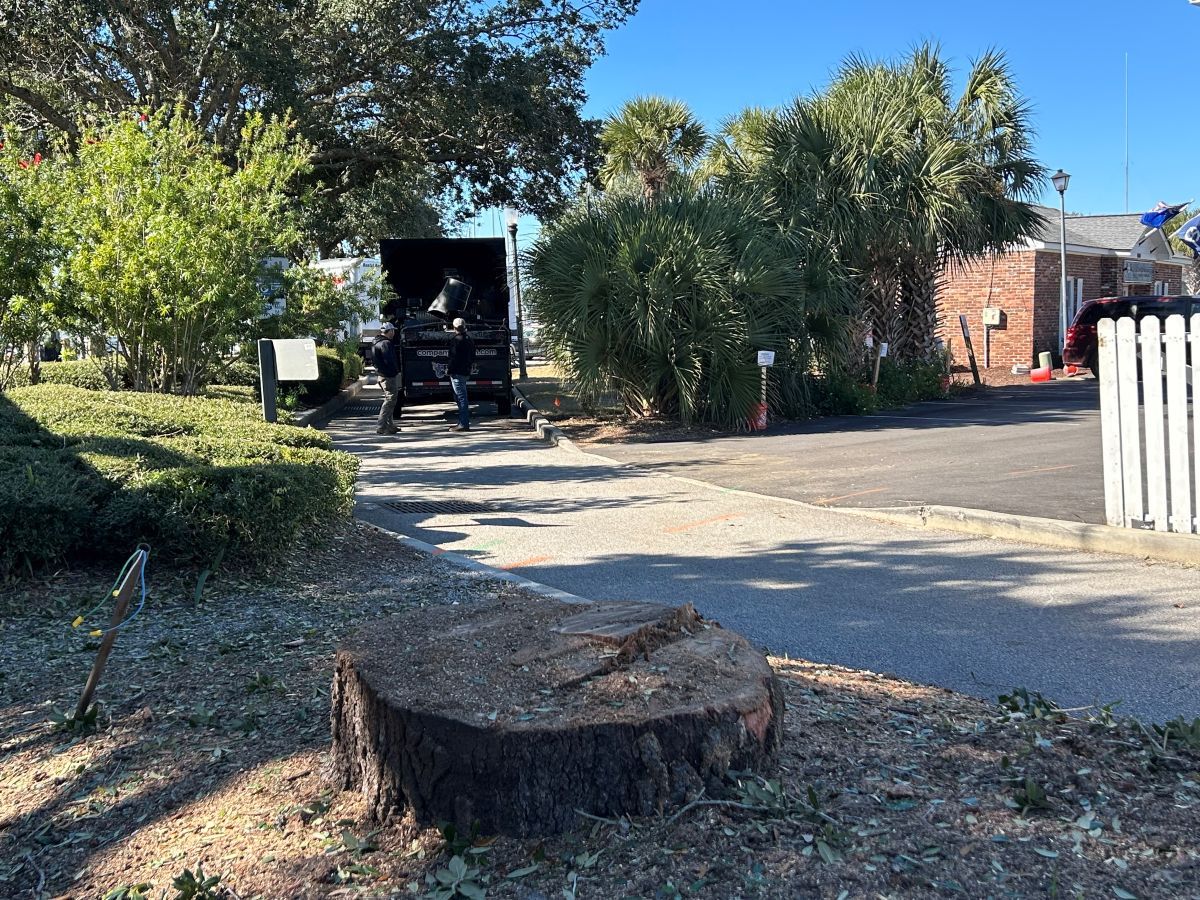By Lee Scott
On Wednesday mornings at 4:30 a.m. from May through mid-October, I climb out of bed, get my coffee and prepare for a morning at Hunting Island State Park. My friend Gretchen and I carpool together. We are volunteers for the Hunting Island Sea Turtle Conservation Project and she has been doing it for sixteen years. Under Permit Number 2015-537 we are authorized to conduct nesting surveys, relocate nests, conduct public inventories and rescue and release disoriented sea turtle hatchlings. We are working under a Permit because the loggerheads are protected under the Endangered Species Act.
 My first morning out on the beach in May, we saw tracks from a Loggerhead Turtle which might have indicated a nest. This is called a crawl. Sometimes there are false crawls. A false crawl is when the Loggerhead decides that the spot she has chosen is wrong and she heads back out to the water. As a mother who has given birth to two children, I just call it “False Labor”.
My first morning out on the beach in May, we saw tracks from a Loggerhead Turtle which might have indicated a nest. This is called a crawl. Sometimes there are false crawls. A false crawl is when the Loggerhead decides that the spot she has chosen is wrong and she heads back out to the water. As a mother who has given birth to two children, I just call it “False Labor”.
We actually discovered a nest that first day just up off the beach. The initial way of looking for the nest is to figure out the direction of the Loggerheads tracks. The ones leading up to the beach and the ones leading back to the ocean. Then you look around for an obvious disturbance of sand as if someone has been digging and then flattened it over. A certified prober then seeks out the actual location of the nest. As we documented that first crawl and nest with our GPS location we unloaded our supplies. There are specific procedures used to mark the nest and protect it. If not protected the natural predators will come out and dig up the nest. Raccoons and the foxes love sea turtle eggs.
The eggs themselves look like ping pong balls. The Loggerhead lays anywhere 100 to 150 eggs. No wonder she goes back into the sea. Who wants to care for that many babies at once! The eggs take roughly forty-five days or so to hatch. Sometimes, during the summer, the volunteers are asked to attend night watches to help hatchlings make their way safely to the ocean.
So people ask why? Why save the sea turtles? There are several good reasons according to conservationists. One, the sea turtles eat sea grasses, which helps to maintain the health of the sea grass beds. These sea grass beds are important to a wide variety of other marine species. Also, beaches and dunes do not get many nutrients during the year, but the nutrients in the hatchlings eggs provide some nutrients. I am not an expert, so if you want to get more information, you can find it on the following web sites: www.friendsofhuntingisland.org and www.nps.gov. Or you can become a volunteer! In the meantime, I will be out on Wednesday mornings for the next few months looking for hatchling tracks.






